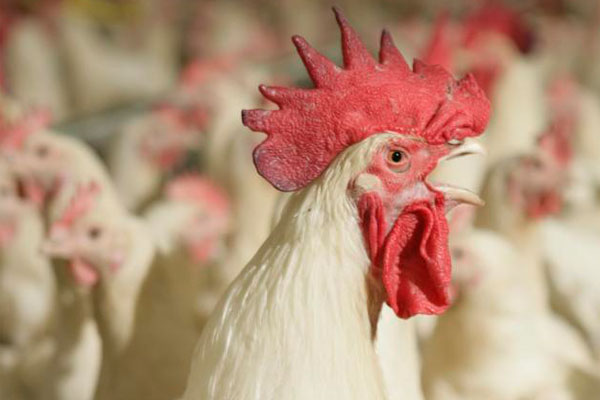Review: Selenium in poultry breeder nutrition

This review looked at the two main areas that are considered in relation to selenium (SE) nutrition in poultry, SE and semen quality and SE and hatchability.
Selenium and semen quality
From the data it could be concluded that Se dietary supplementation is an essential part of maintaining high semen quality. Since organic Se is more efficiently transferred to the reproductive organs and semen it has additional benefit on male reproduction especially in various stress conditions.
Selenium and hatchability
Se status of the eggs from breeding birds is of great importance for the maintenance of the antioxidant system of the developing embryo. It is generally accepted that the hatching process is an oxidative stress and improvement in antioxidant defences of the embryo can increase hatchability.
It is quite clear that the roles of Se in poultry nutrition and reproduction need new consideration in light of our recent knowledge on the molecular mechanisms of Se action at the cellular and sub-cellular levels. In particular, the discovery and characterisation of a range of new selenoproteins and a better understanding of the relationships between different antioxidants, as important parts of integrated antioxidant system with possibilities for antioxidant recycling in vivo, have yielded new insights in this area.
In particular, it should be mentioned that increased levels of Se supplementation are not always beneficial, since selenoprotein synthesis is under the gene control and it reflects the need in these active molecules to deal with various stresses.
However, to give a body a chance to affectively respond to environmental challenges by modulating selenoprotein synthesis there should be enough Se reserves available and this an ability of building Se reserves in the body is considered to be the main point in advantages of organic selenium in poultry and farm animal nutrition. A comprehensive analysis of the effects of various forms of dietary Se on its egg concentration, its transfer to the embryonic tissues and physiological consequences of the improved Se status of the progeny chicks are considered.
Selenium (Se) is shown to be an essential element for poultry nutrition and a great deal of information has been accumulated for the last 20 years indicating that dietary form of Se is a major determinant of its efficiency. Generally speaking, there are two major Se sources for poultry, namely inorganic selenium (mainly selenite or selenate) and organic selenium in the form of Selenomethionine (SeMet; mainly as Se-yeast or SeMet preparations). In this review two main areas are considered in relation to the Se nutrition of breeders.
[Source: ScienceDirect]













